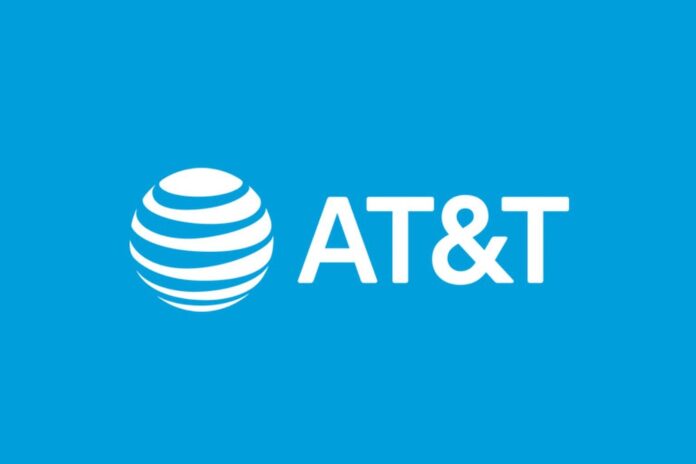Ericsson’s share price went up 9%, Nokia’s fell 9% when deal was announced, but came out fighting: one contract does not a market make
AT&T has signed a deal with Ericsson for open RAN deployment across the US over the next five years that is worth up to $15 billion. AT&T intends to have 70% of its mobile network traffic flowing across what it dubs “open-capable platforms” by late 2026. Fujitsu is the other open RAN supplier selected by AT&T. Nokia’s kit is deployed at more than 50,000 AT&T sites.
Open RAN was intended to open lower the barriers of entry to the RAN market, and encourage innovation including through start-ups, thereby putting an end to the domination of the big three RAN players, Ericsson, Nokia and Huawei, who sold tightly integrated systems. It’s commercial deployment has been a great deal slower than expected, given the support of many large operator groups, although Vodafone is rolling out Open RAN in the UK.
So why Ericsson?
John Stankey, AT&T’s CEO was quoted speaking at an investor event on Tuesday saying that the deal with Ericsson “allows us to operate our business more effectively. It’s simpler for us. It’s one network infrastructure at the core, there’s one set of systems that support it, it’s all those things that you want to do that allow us to be a more efficient business.” He also said Ericsson had dropped its prices.
One commentator who spoke to us on condition of anonymity said Ericsson was “giving away the radios for 800 or 1500 bucks” but would look to make margin on the associated software.
UPDATE: An article published in LightReading subsequently suggests the contract could cost Ericsson up to $10 billion…
Another person who spoke to Mobile Europe, and wished not to be named, thought Ericsson having manufacturing facilities in the US, which it opened in 2020, had carried a good deal of weight, particularly chiming with President Biden’s Build America, Buy America initiative set up to encourage spending on network equipment to be on kit made in the US.
It certainly seems that the disastrous delay Nokia suffered getting some 5G products to market has cast a long shadow. The delay was caused by problems with Intel chips, but the really damning part was that Nokia did not have alternative chip providers or contingency plans in place.
TIP on the topic
Kristian Toivo, Executive Director of the Telecom Infra Project (TIP) clearly see this as an industry tipping point. He said in a statement, “In collaboration with Ericsson, AT&T’s embrace of Open RAN marks a pivotal milestone for the industry. The inclusion of incumbent suppliers underscores the critical role of their expertise and established relationships in driving the success of this open and disaggregated journey.
“This is a compelling proof point, affirming that Open RAN is unmistakably steering in the right direction, with major vendors converging into the ecosystem. Together, we are shaping a future where innovation and collaboration redefine the landscape of telecommunications.”
Nokia not so much
Clearly, Nokia is keen to put things into perspective and was moved to issue a press release this afternoon: “Nokia has a wide-ranging relationship with AT&T, supplying products and services across wireless, wireline and other network technologies, alongside similar relationships with other major North American network operators.
“Nokia is aware of AT&T’s plans to commit to an Open RAN deployment in collaboration with other vendors over the next five years. As a result, Nokia now expects revenue from AT&T in Mobile Networks will decrease over the next 2-3 years. AT&T accounted for 5-8% of Mobile Networks net sales year-to-date in 2023. The already announced action Nokia is taking to reduce its cost base is expected to partially mitigate the impact of AT&T’s decision.
Still profitable
It continued, “Nokia expects Mobile Networks to remain profitable over the coming years but this decision would delay the timeline of achieving double digit operating margin by up to 2 years.
“Nokia is aware of AT&T’s plans to commit to an Open RAN deployment in collaboration with other vendors over the next five years. As a result, Nokia now expects revenue from AT&T in Mobile Networks will decrease over the next 2-3 years. AT&T accounted for 5-8% of Mobile Networks net sales year-to-date in 2023.
“The already announced action Nokia is taking to reduce its cost base is expected to partially mitigate the impact of AT&T’s decision. Nokia expects Mobile Networks to remain profitable over the coming years but this decision would delay the timeline of achieving double digit operating margin by up to 2 years.”
Gaining in the market, until now
Nokia also pointed out that outside China, it gained the most 5G market share since Q1 2022 among the top RAN suppliers, reaching 29% in Q3, according to Dell’Oro. Also, that recently, Japan’s NTT DOCOMO selected Nokia’s O-RAN 5G network for its commercial deployment plus it remains “a key partner for AT&T within both its Network Infrastructure and Cloud and Network Services businesses” and for microwave radio links and femto solutions from Mobile Networks.
How deeply the blow was felt though is in this part of the press statement: “AT&T confirmed to Nokia that while its decision was driven by reasons specific to AT&T, it believes Nokia has highly competitive products and services in Radio Access Networks (RAN) and an accomplished R&D capability.”


